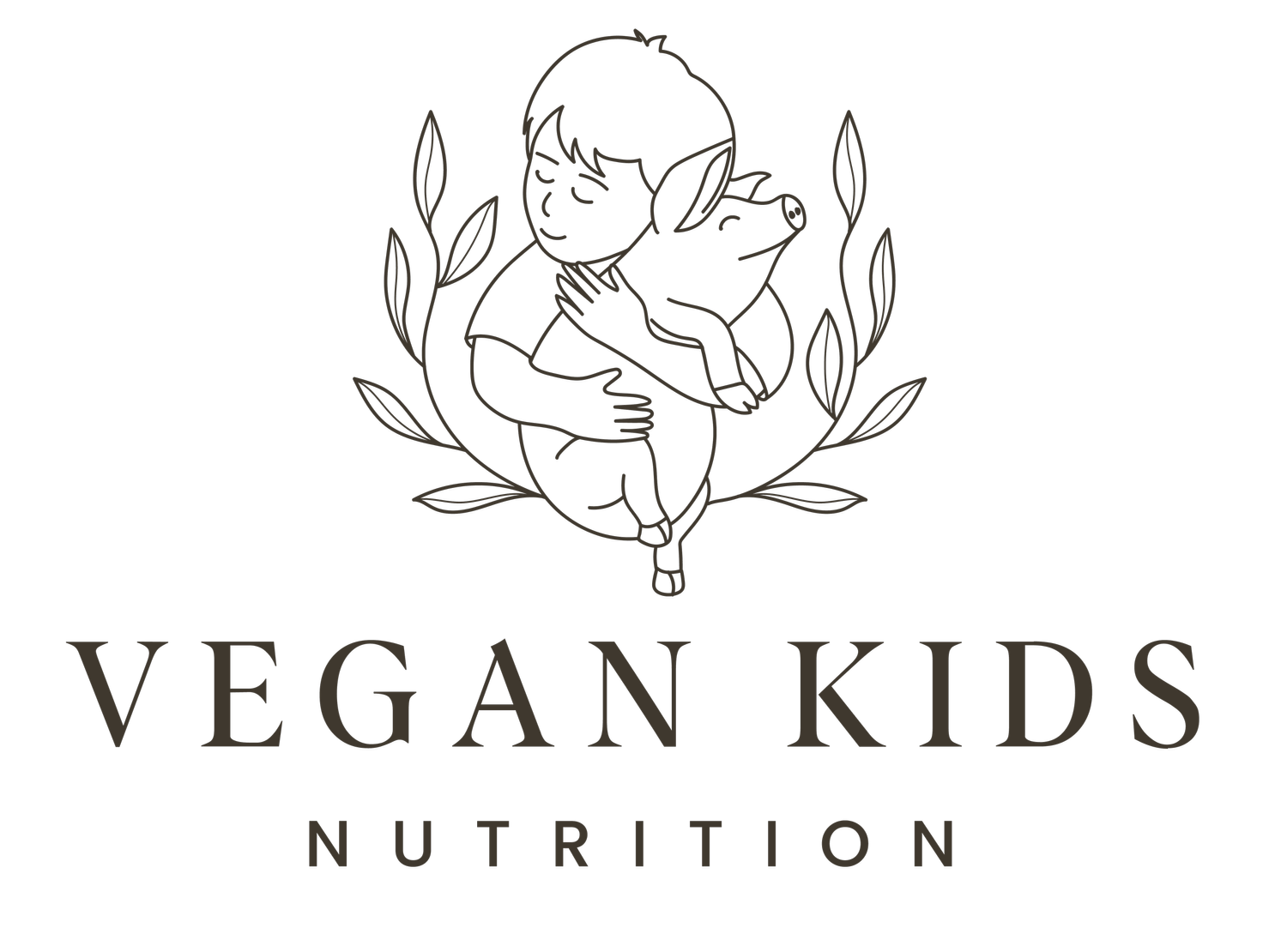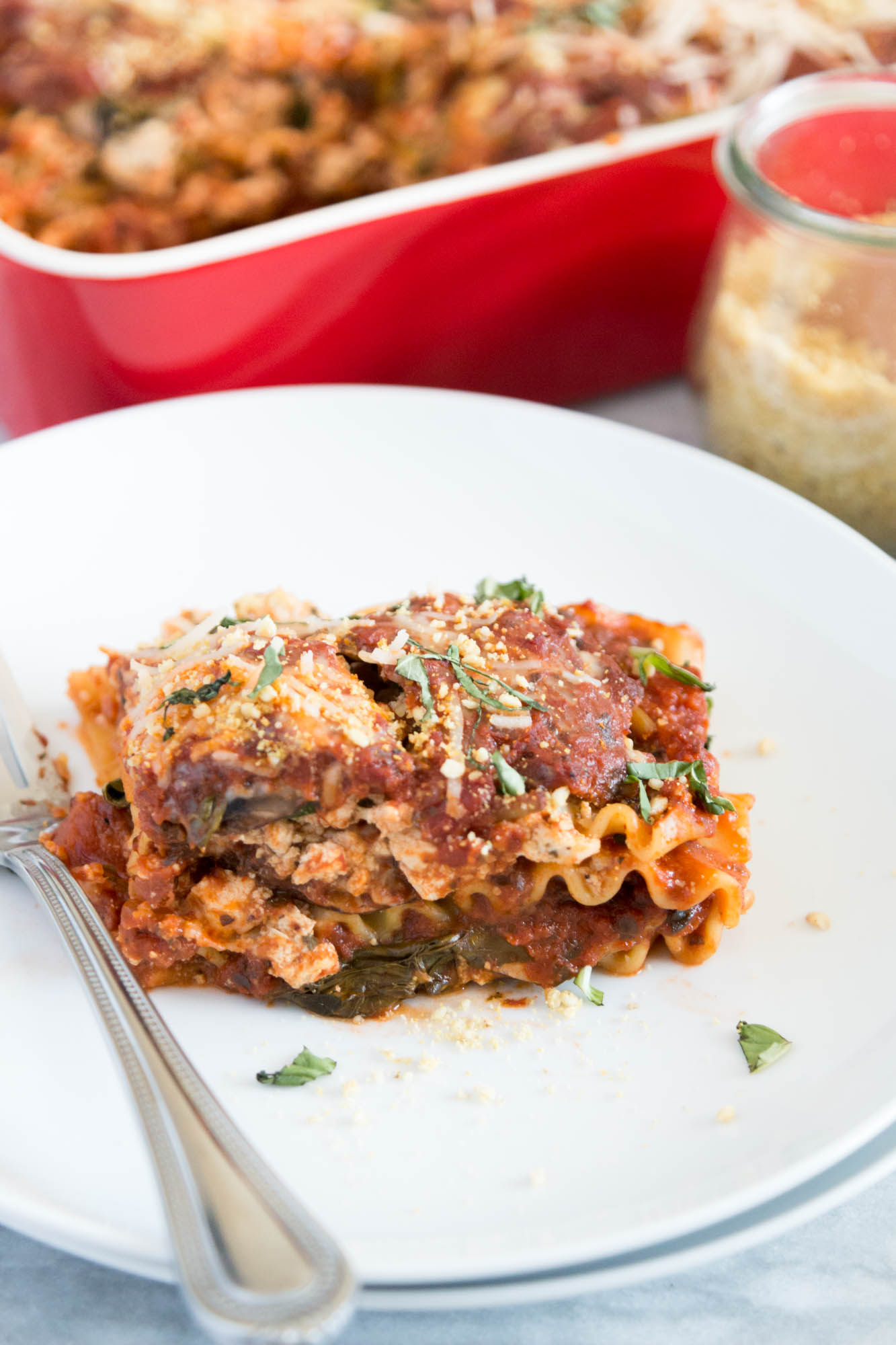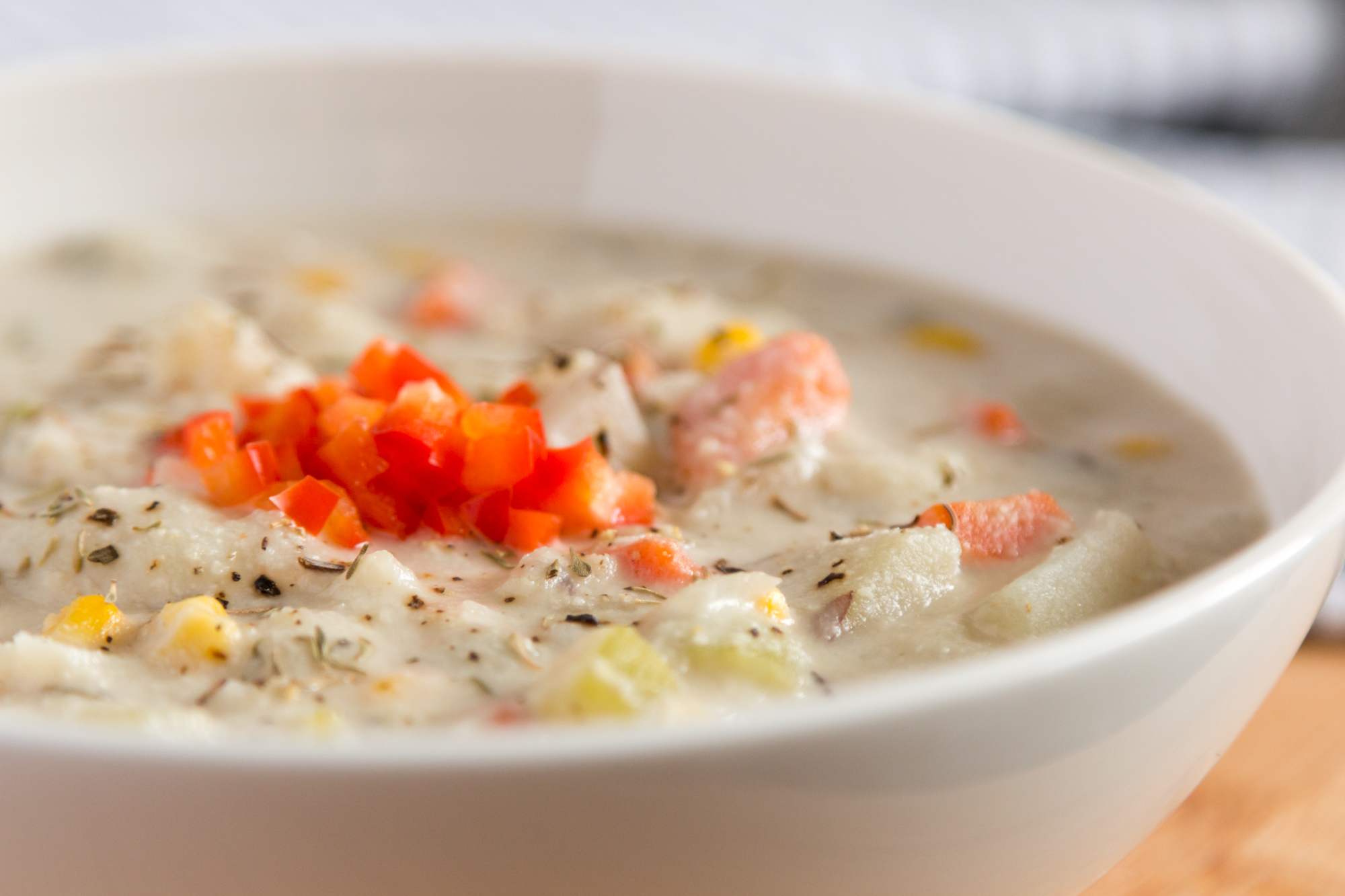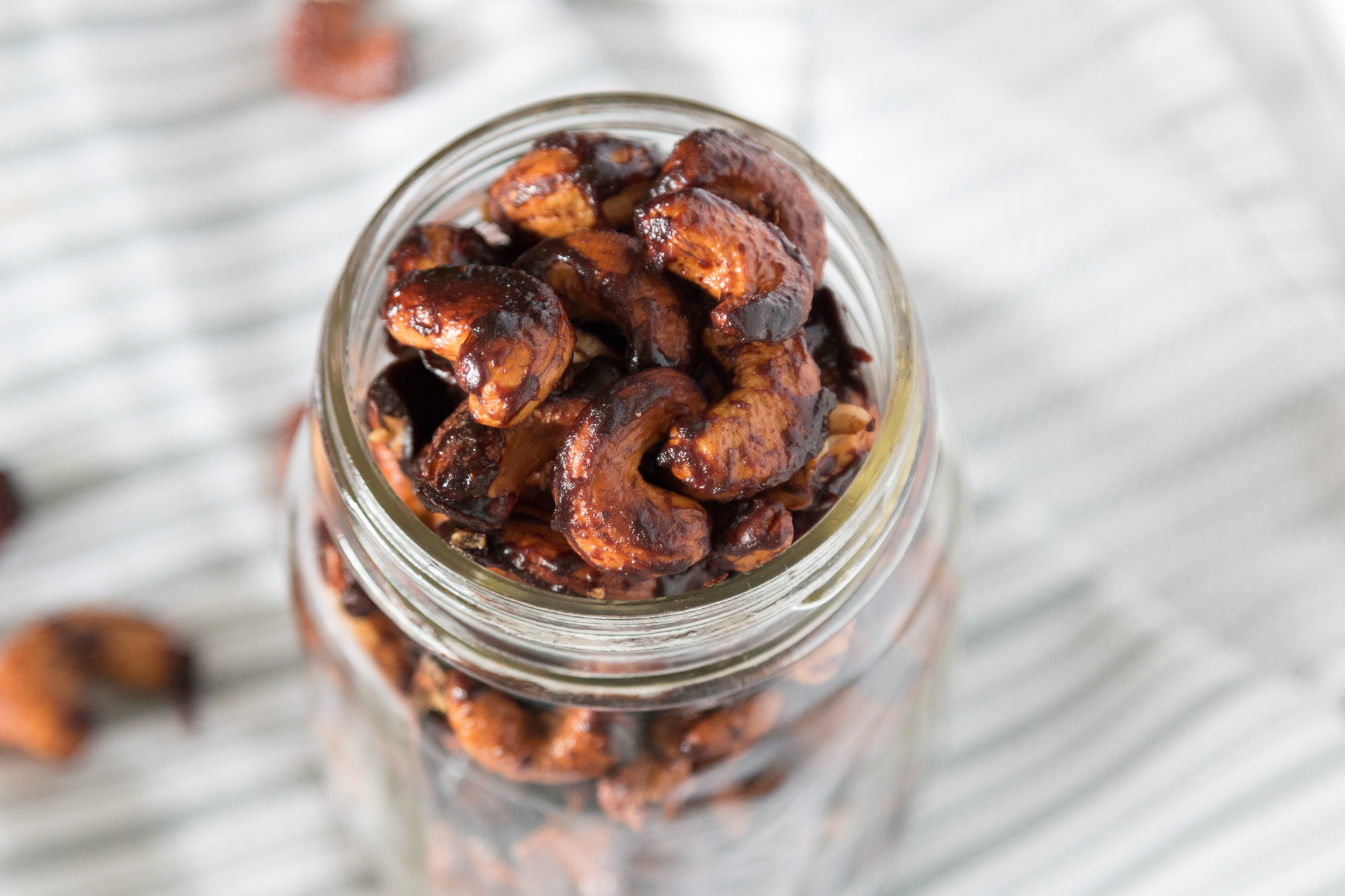A New Year’s resolution may be on your mind. It’s a time where we want to improve something in our lives or simply accomplish a personal goal.
If you happen to be interested in adopting a more plant-based lifestyle or a vegan lifestyle as your New Year’s resolution, then this post is for you. To help get you started, download a copy of my FREE plant based ebook with my 5 top tips on how to transition to a more plant-based lifestyle. It provides examples of plant-proteins, simple ingredient swaps, and a one day vegan sample menu to give you an idea of what you can create at home.
When I first became a vegan, I spent a lot of time navigating the grocery store, reading food labels, and really undecided about what foods I should add to my shopping cart. With time and research, I became more knowledgeable about what staples I should be bringing back home. So, to help you out in your journey, I have outlined some of them here for you.
Now, don’t feel like you have to limit yourself into only getting the items listed below. You should embrace every food out there that fits into a compassionate vegan lifestyle. These foods are simply intended to help you create a well-rounded vegan grocery list as you begin your transition and to start with adding more foods with nutritional value and those that support a vegan diet.
1. Green Leafy Vegetables
When I visit my grocery store, I start on the outside perimeter and focus the majority of my time in the produce section. This is your start to not only a healthy eating lifestyle but also a plant-based one too.
Green leafy vegetables have a variety of health benefits and nutritional benefits to nourish our body. These include: dark green lettuces, kale, spinach, swiss chard, and even dandelion greens.
Dark Green Lettuces: this includes romaine lettuce and butterhead lettuce. Romaine lettuce is an excellent source of Vitamin A, good source of folate, and provides a small amount of minerals like calcium and manganese. Butterhead lettuce provides some Vitamin A but not as much as romaine and similar traces of minerals like calcium, potassium, and manganese. Its large soft leaves can be used to hold several food dishes and use them as ‘lettuce wraps’. Because of its subtle flavor they can also be used in sandwiches such as this Tempeh Sandwich.
Kale: There are a variety types of kale and the two most common found in recipes is the Tuscan and Curly kale. Both types provide similar nutritional benefits. One cup of kale can provide you with more than 200% of your daily value for Vitamin A and more than 500% of Vitamin K. It is rich in manganese and offers other nutrients in small amounts such as, B-Vitamins, calcium, potassium, iron. Kale goes beyond just salads. It can be used in smoothies, as crispy chips, in soups, pesto, veggie burgers and much more using your creativity.
Spinach: Raw spinach is about 90% water and provides close to 1 gram of plant-protein in one cup of serving. Spinach is an excellent source of Vitamin K and Vitamin A – but does offer less than raw kale. Spinach is a good source of folate which is particularly important during child bearing to reduce risk of spina bifida on baby. Spinach can be added to smoothies, soups, pasta dishes, stir fry, tofu scramble, and tortilla wraps.
Swiss Chard: Swiss chard can be found in bright colored stems from red and orange. It is rich in Vitamin K and Vitamin A. It can be added to a variety of dishes and most commonly seen in soups.
Dandelion Greens: Dandelion greens adds great texture and flavor to any fresh bowl of salad. They provides about 1.5 grams of protein per one cup of serving, more than 500% of Vitamin K, and is an excellent source of Vitamin C, Vitamin A, and a good source of calcium. Dandelion greens can be used in a juice, pesto, mixed and wilted with brown rice, and as chips like kale chips.
2. Legumes
Legumes are centric to a vegan lifestyle. Not only are they a great source of plant-protein, but they are also cost-effective and provide an array of nutritional value to any meal, snack, or even dessert. They are also rich in complex carbohydrates which may help stabilize blood sugar levels.
Beans: You can never go wrong in adding chickpeas, black beans, red kidney beans, cannellini beans, or northwestern beans to any dish you prepare. Beans are rich in thiamin and folate, provide about 15 grams of plant-protein per 1 cup serving, and are good sources of zinc, potassium, and dietary fiber. There are a variety of ways to use them and some recipes have been creative in using them in baking such as brownies.
Lentils: You can find black, green or red lentils at any of your local grocery store. Just 1 cup of these gems provide more folate and thiamin than any other type of bean. They are rich in iron, magnesium and phosphorus. Try adding boiled red lentils to your favorite pasta sauce over some spaghetti for some plant-protein.
Soybeans or Edamame: Edamame serve as a great snack. They are naturally low in calories and have no cholesterol. Just ½ cup of soybeans offers 8 grams of protein, some omega-3 fatty acids, and about 4 grams of dietary fiber. Soybeans are also a good source of calcium and riboflavin (Vitamin B2).
Peanut Butter or Nut Butter: Whether you enjoy a PB&J for breakfast or like to have it for dipping some celery, any kind of nut butter will sure be a good addition to your shopping cart. Read more here about how to choose and read a label of a peanut butter.
3. Tofu
Tofu (a product made from soybeans) continues to be a controversial food and feared for many reasons. Soy products are rich in isoflavones – which are plant-compounds with estrogen-like properties(2). Now, they are not the same as the hormone estrogen, they just have similar properties because they both bind to the receptor cells of estrogen but have very different functions. Studies have shown that soy has beneficial health properties. For example, the isoflavones found in soy have been shown to be safe alternatives to estrogen therapy, particularly in reducing symptoms during menopause(1). In addition, consumption of soy as a young age has been shown to reduce the risk of developing breast cancer(1).
Tofu provides about 20 grams of plant-protein at only ½ cup of serving. It is rich in selenium, copper, phosphorus, and calcium (if fortified with it). Tofu also provides the essential nutrient omega-3 fatty acid, about 700 milligrams per ½ cup serving. Tofu can be used in a variety of ways. Try making a ‘ricotta’ for a delicious vegan lasagna, marinate it to be used in spring rolls, or bake it for a delicious breakfast frittata.
4. Whole Grains
Whole grains are essential to our dietary pattern, regardless if following a vegan lifestyle or not. This is because unlike refined grains, whole grains have not been processed and contain the bran (fiber-rich outer layer), the germ (energy-rich middle layer), and the endosperm intact (nutrient-rich core). Having all these three parts of the kernel provides many nutritional benefits such as dietary fiber, iron, Vitamin E and B-Vitamins. Some examples of whole grains include: whole wheat flour, bulglur, farro, oats, brown rice, and barley to name a few.
Brown Rice: Brown rice is a healthier alternative to white rice because it has not been processed the same way than white rice. It’s okay if you alternate between the two but here are some nutritional reasons for why its much superior. Brown rice is rich in manganese which is a mineral that actually helps with bone formation, along with calcium, vitamin D, and phosphorus.
Quinoa: Pronounced “keen-wah”, quinoa is considered a ‘pseudo grain’ because it’s more associated with seeds but is prepared like a grain – which is why I added it in this category. Quinoa is most famously known for being a “complete protein” due to providing one of nine essential amino acids, lysine. Lysine is known to be limited in the vegan diet but including quinoa and having a variety of plant-protein sources ensures you’re getting adequate amounts. Forming a “complete protein” with meals has long been a myth as your body naturally does this throughout the day.
5. Fortified non-dairy milks
Non-dairy milks go beyond simply pouring them over cereal and nowadays, we can find all sort of plant-based beverages. From soy to almond to oat milk, we can find them in all sorts of sizes, in the refrigerator and as shelve-stable. Whatever your preference may be, the key here is making sure to choose one that is fortified. This is important to vegans because it ensures that you’re getting calcium, iron, Vitamin D, and Vitamin B12.
6. Nutritional Yeast
Sure, it may have a strange name to many vegan newbies but nutritional yeast – nicknamed “nooch” – is a wonderful staple to have at home. Nutritional Yeast is best known for giving vegan sauces and dips a “cheesy” flavor. It also provides Vitamin B12 which is vital for all following a vegan lifestyle. Take a look at this article outlining how it can be used in the kitchen, where you can find it, and it’s nutritional profile. Enjoy ‘parm cheese’ on your pizza? Here’s a simple 5-ingredient recipe that you can make for a vegan version.
7. Vegan Mayo
Vegan mayo is a great staple to have at home. We mostly associated it as a condiment for sandwiches but it can be used in so many other ways. It can be used in cold pasta dishes as a dressing, mixed with some spices and lemon juice for a salad dressing, make a chipotle aioli, or simply spread it on your favorite sandwich bread for a veggie sandwich to take on a picnic. Whichever way you have it, it’s likely to be used often.
8. Whole Wheat or Whole Grain Bread
Bread can be part of a healthy, sustainable vegan lifestyle. Yes, you can have it as avocado toast or a PB&J but here are a couple of reasons why I feel it should have a place in your home. Whole wheat and whole grain bread have much more nutritional value than enriched white bread. The denser the bread and the more “stuff” you see on the outer layer, the more nutritional benefits it will provide. One slice of whole wheat bread can provide as much as 3 grams of protein, some iron, and other B-Vitamins. Some of my favorite brands include Dave’s Killer Bread and Ezekiel which are both vegan-friendly. You can store them in the freezer if you don’t go through them quickly.
Click here to get the recipe for this Tempeh Sandwich with Cashew Chipotle Aioli
9. Olive Oil (and other cooking oils)
Lately, cooking oils has been labeled as “bad” or “unhealthy” for us. I recently wrote an article where I unlabeled all cooking oils from being a “bad” source for us. There is no such thing as “bad” or “good” food. There’s simply food. Following a vegan diet is already lower in fat than the standard American diet and does not require it to be more restrictive. It’s unnecessary. We need fat in our diet, whether that comes from whole plant foods or cooking oils such as olive oil. Fat plays a role in our body by serving as a cushion for our organs, facilitate the development of hormones, and helps absorb certain nutrients. Olive oil provides Vitamin E, which acts as an antioxidant and may protect against certain chronic diseases. Use extra virgin olive oil to make dressings and marinades and regular olive oil for sautéing.
10. Cashews
Cashews are a versatile tree nut that can be used in so many different recipes. In fact, cashews have become such a vital ingredient in the vegan cuisine due to its most popular use of making a cream sauce by blending soaked cashews. Besides being one of the best secret ingredients for successfully creating a creamy texture in recipes and a buttery taste, cashews have a great nutritional profile as well. They are a good source of phosphorus which is an essential mineral that works with calcium to help build strong bones and teeth. Cashews also provide monounsaturated and polyunsaturated fat which are better known as the “good” fat in our diet. Try blending soaked cashews with nutritional yeast and some garlic powder to make a delicious vegan Alfredo sauce poured over your favorite pasta or this delicious, creamy cauliflower chowder that’ll sure satisfy your craving for comfort food.
11. Herbs and Spices
Seasoning meals with herbs and spices can be intimating at first, particularly with ones you aren’t too familiar with. As you begin cooking more at home, get creative and familiar with the array of herbs and spices found at your local grocery store. Vegan meals don’t have to be bland and they never should be. More than any ingredient, herbs and spices are really at the forefront of enhancing the flavor of your dishes. They add a variety of aromas, flavor, and some health benefits to dishes. They have the power to really transform any dish, from adding a hint of spiciness like chili powder to a more pungent flavor like dill. Here are my most used herbs and spices at home:
Fresh herbs: cilantro, parsley, rosemary, thyme, Thai basil
Spices and blends: paprika, cumin, oregano, chili powder, curry powder, garam masala, cayenne pepper, cinnamon, garlic powder, turmeric
There you have it friends, a great vegan grocery list for a successful and nutritious vegan pantry. This vegan food list is intended for beginners but also for the more long-term vegans. Let me know how your shopping experience goes in the comments below.
References
Messina, G. (2008, August). Soyfoods for Young Girls Offer Lifelong Protection. Retrieved from The Vegan RD: http://www.theveganrd.com/2008/08/soyfoods-for-young-girls-offer-lifelong-protection/
Messina, G. (2011, August). Soy Isoflavones and Estrogen. Retrieved from The Vegan RD: http://www.theveganrd.com/2011/08/soy-isoflavones-and-estrogen/








